Top 10 Smallest Animals In the World, Have You Ever Seen An Even Smaller One?
The wonderful and diverse animal world always amazes us. They appear in various forms, including the most beautiful, the ugliest, colorful, and even transparent. In this colorful animal kingdom, there are also some extremely tiny creatures, which are among the ten smallest animals in the world. Let’s see how small the smallest one can be!
10.Bee Hummingbird (5.6-6.5 cm)
The bee hummingbird is one of the tiniest birds on Earth and is also considered the smallest warm-blooded animal in the world. Its body length is approximately between 5.6 and 6.5 centimeters, which includes the length of its bill and tail feathers. The average weight of this tiny creature is only 2 grams, which is as light as a coin, and its eggs weigh only 0.2 grams, which is similar to the size of a pea. The bee hummingbird’s beak is very slender, like a needle, and its tongue is as thin as a thread.
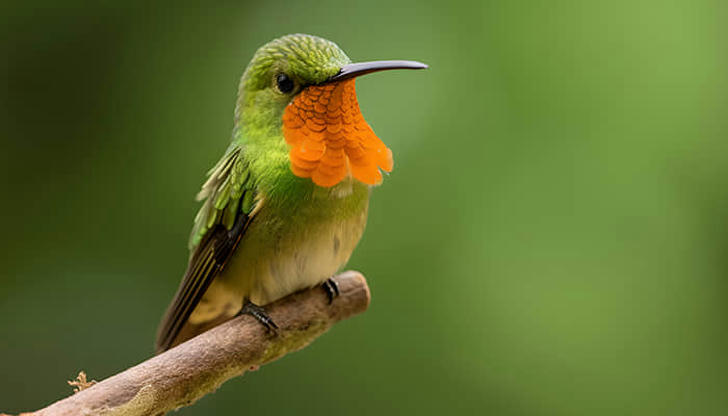
9.White-toothed Pygmy Shrew (4 cm)
There are many species of small shrews in nature, and the Etruscan shrew is considered to be the smallest. In fact, it is also one of the lightest mammals in the world, weighing only less than 2 grams on average. , body length is about 4 cm. Surprisingly, however, despite its tiny size, the Etruscan shrew is a prodigious eater, consuming twice its body weight in food per day.
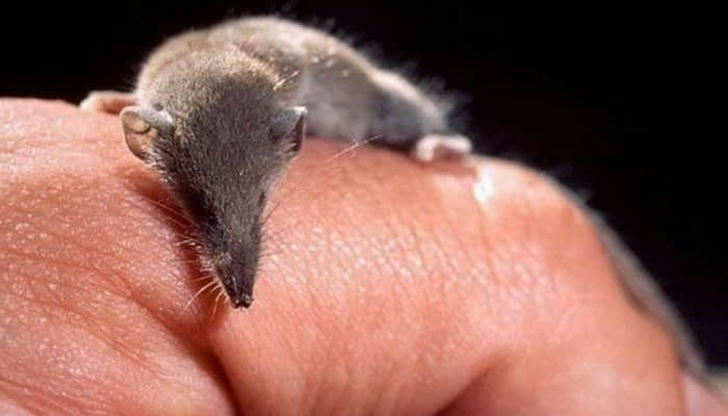
8.Brookesia Nana (3 cm)
The tiny body of Brookesia nana is only 3 centimeters long, even smaller than a fly. Such a tiny body may only be enough to serve as a lunch for other chameleons of the same kind. This unearthly microscopic creature is currently considered one of the smallest reptiles in the world, as well as one of the smallest chameleons in the world. Scientists named this unique chameleon species “Brookesia nana” and found it on a small island near the main island of Madagascar.
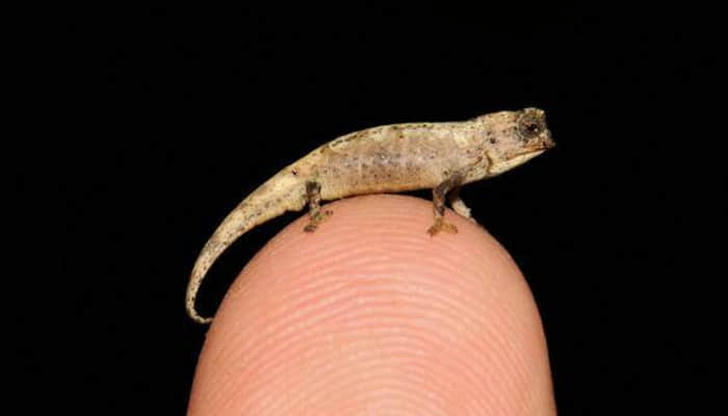
7.Bumblebee bat (2.54 cm)
The bumblebee bat is a tiny bat native to Thailand, with a maximum body size of only about 2.54 cm and a weight of only 2 grams. It is considered one of the smallest mammals currently. These tiny mammals display amazing aerial skills with hummingbird-like hovering abilities. Like other bats, they prefer to roost in cave environments and seek out insects for food. Due to their tiny size, bumblebee bats can easily perch on the tip of their thumb.
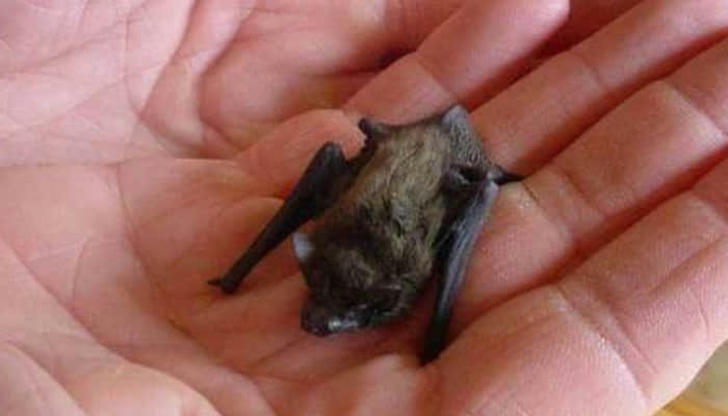
6.Cape Dwarf Gecko (1.5 cm)
The cape dwarf gecko is a tiny animal measuring just 0.6 inches (about 1.5 centimeters) long, and is considered one of the smallest animals in the world, including the length of its tail. This gecko was discovered in the central region of Guyana in 2006. They are nicknamed “dwarf geckos” because of their short stature and slow reaction times. Due to its tiny size, this Brazilian species is often threatened by rain, and even the smallest puddle can cause it to drown. As a result, cape dwarf geckos have evolved water-resistant qualities in their skin, allowing them to walk on water when they encounter puddles.
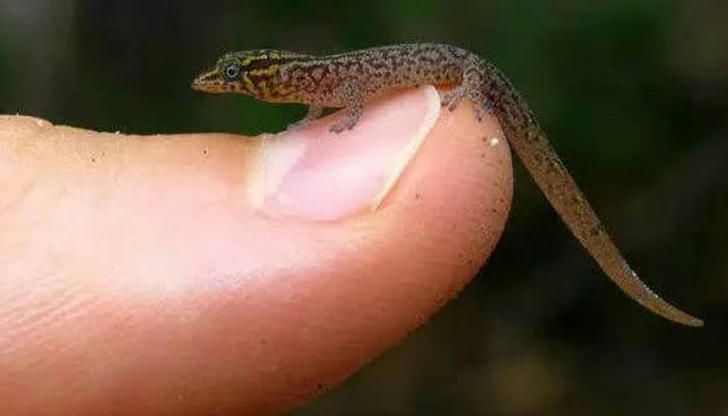
5.Pygmy Seahorse (1 cm)
The pygmy seahorse, a tiny seahorse about one centimeter long, is one of the smallest seahorses in the world. The pygmy seahorse is sometimes called the “dwarf seahorse” and is mainly distributed in the sea between 20 degrees north latitude and 20 degrees south latitude. The cute nickname of Docin Seahorse was given to it by fellow divers. In recent years, due to its increasing popularity in diving tourist areas around the world, the name Docin Seahorse has also become a household name.
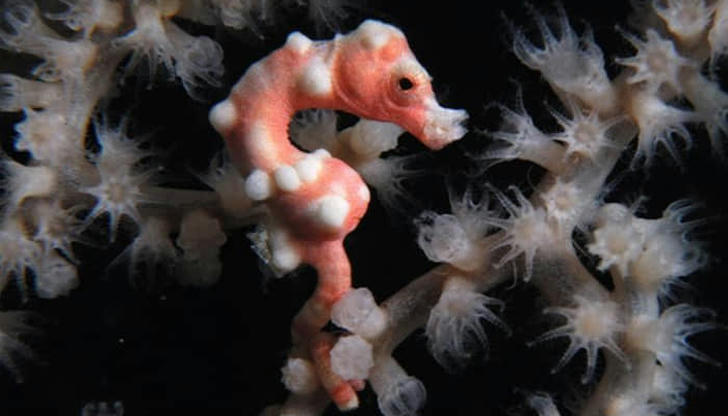
4.Paedophryne Amauensis (0.77 cm)
The Amau baby frog is a frog with a body length of only 0.77 cm. It is a special species living in Papua New Guinea. The smallest known non-parasitic or symbiotic vertebrate in the world, the Amau frog usually inhabits dead leaves on the rainforest floor. These tiny frogs differ from other frogs in that their life cycle does not include a tadpole stage, they are already fully mature individuals at birth.
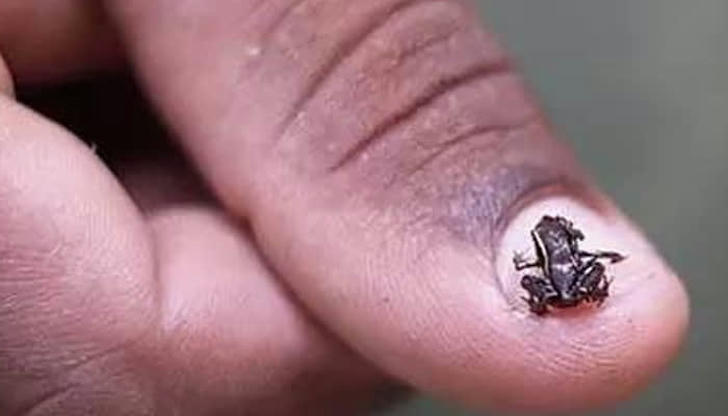
3.Schindleria Brevipinguis (0.7 cm)
Schindleria brevipinguis is only about 0.7 centimeters long and weighs only 1 milligram, making it one of the tiniest fish in the world. This rare fish is only found in the waters surrounding an unknown island in Australia. The body of the fish is elongated and looks similar to a small insect. Its characteristics include no fins, no teeth, and no scales. Since the body lacks pigment except for the eyes, the entire body is transparent. Given the tiny size of this fish, its presence is barely noticeable to the human eye, sparking curiosity about how the tiny fish was discovered.
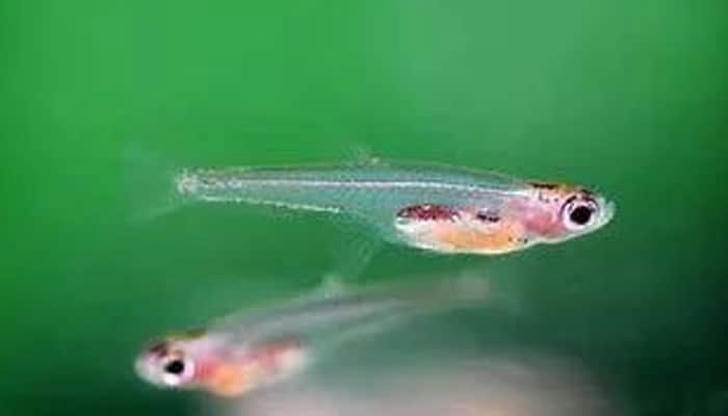
2.Thief Ants (0.03-0.05 cm)
Thief ants are the smallest ant species on earth. Adult individuals are only about 0.3 to 0.5 mm long, and their antennae are divided into 10 segments. These tiny thief ants are named for their ability to steal sown grains around their nests. Additionally, they are also known as grease ants due to their attraction to grease. Thief ants are originally from the United States and are widely distributed in the Midwest and Eastern regions of the United States.
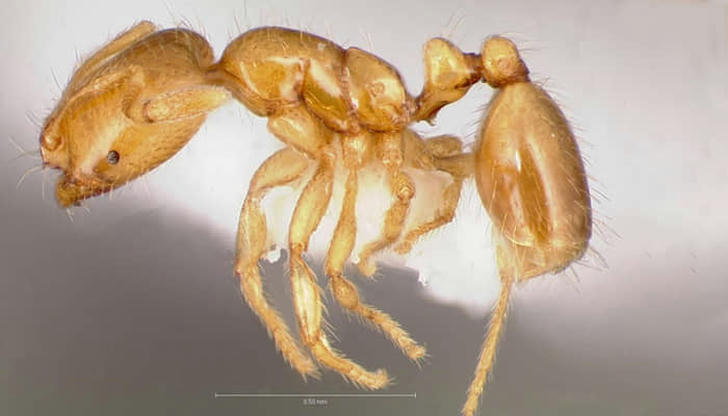
1.H39 (0.00003 cm)
H39 represents a protozoa, which is smaller than silkworm particles and belongs to the protozoa kingdom, a single-celled organism similar to Streptococcus pneumoniae. H39 is known as one of the tiniest animals on earth, with a maximum diameter of only 0.3 microns. The thought of gathering 1,000 trillion of these tiny creatures together, with a total weight of only 1 gram, demonstrates the amazing density and lightness of these tiny beings.
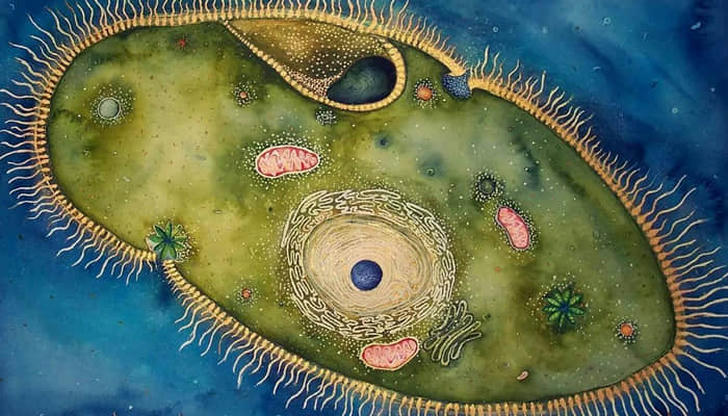
Tiny but mighty, these creatures defy expectations with their miniature stature. Despite their size, they boast an array of unique features, a testament to evolution's creativity. These animals stand out in nature with their tiny bodies and unique features, demonstrating the diversity and adaptability of life.
